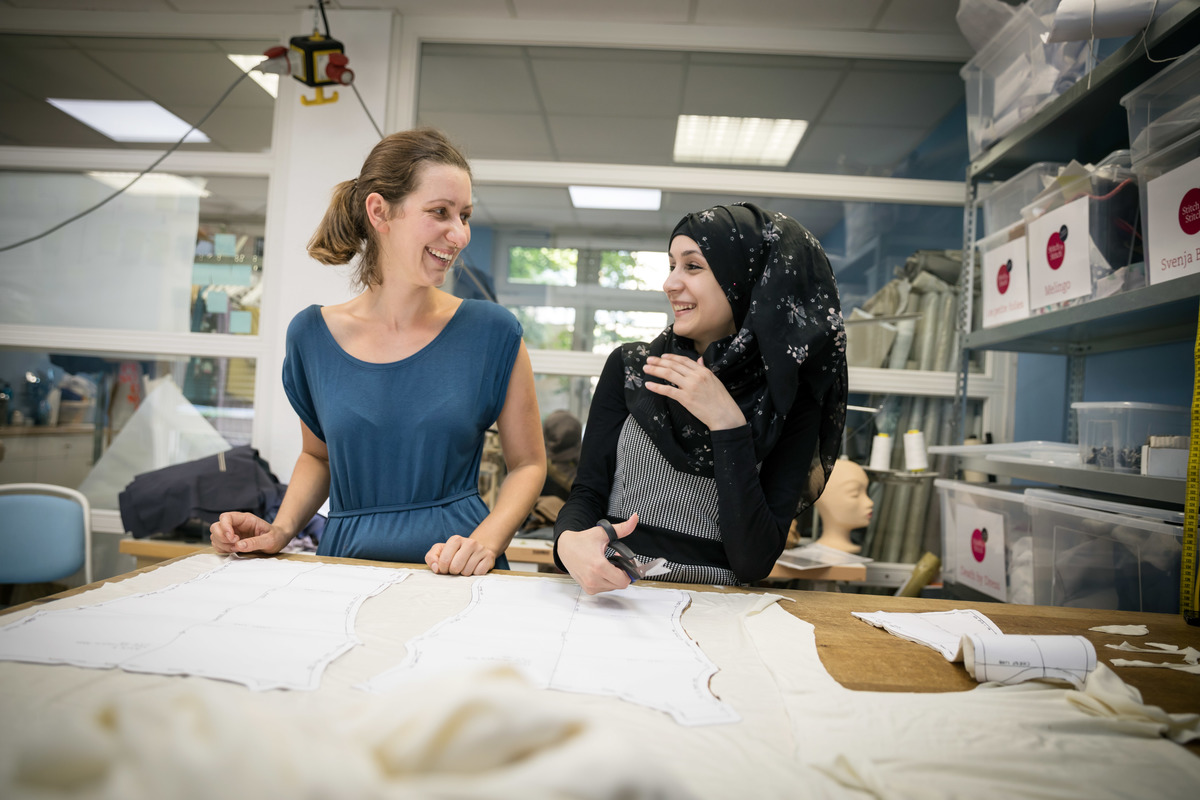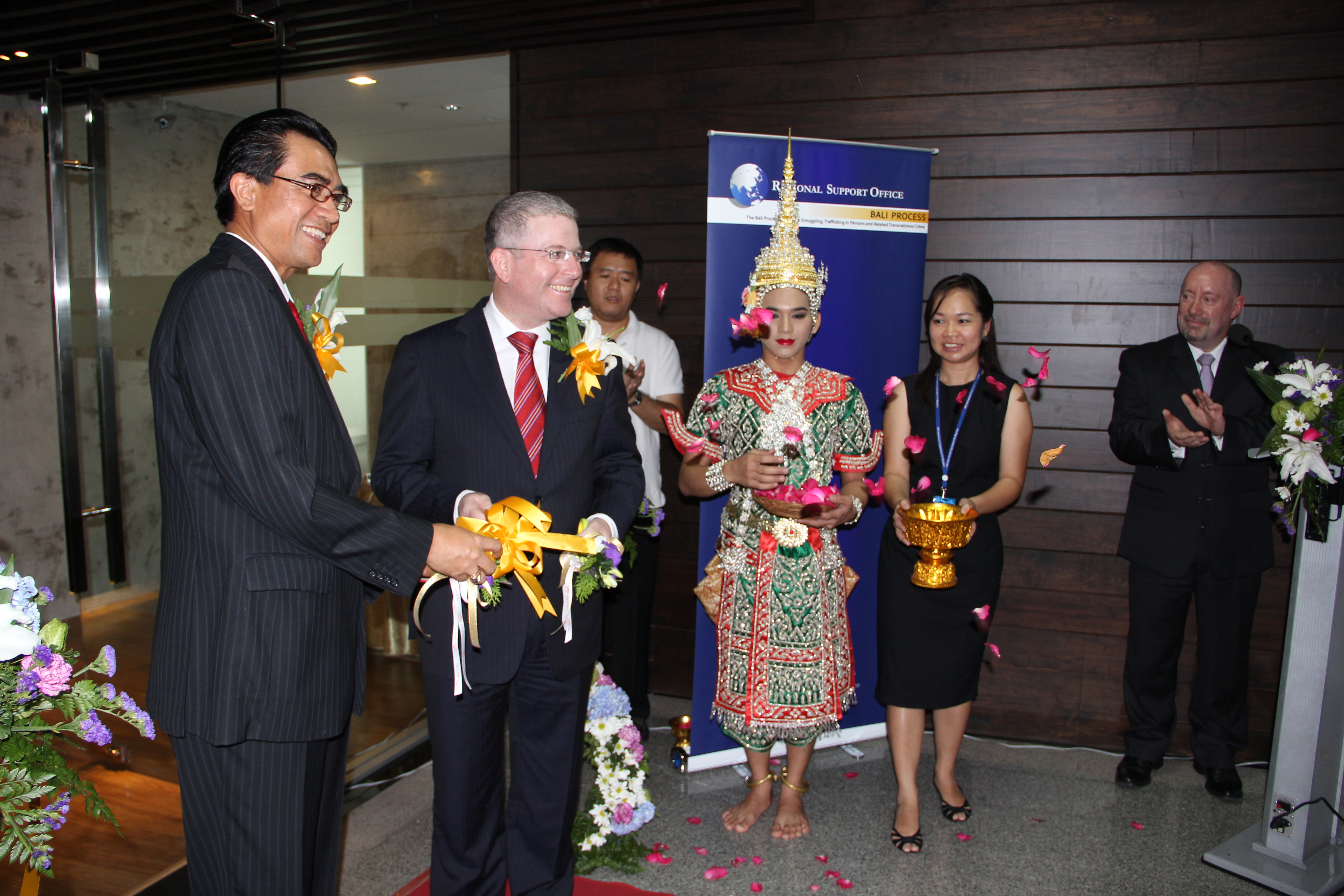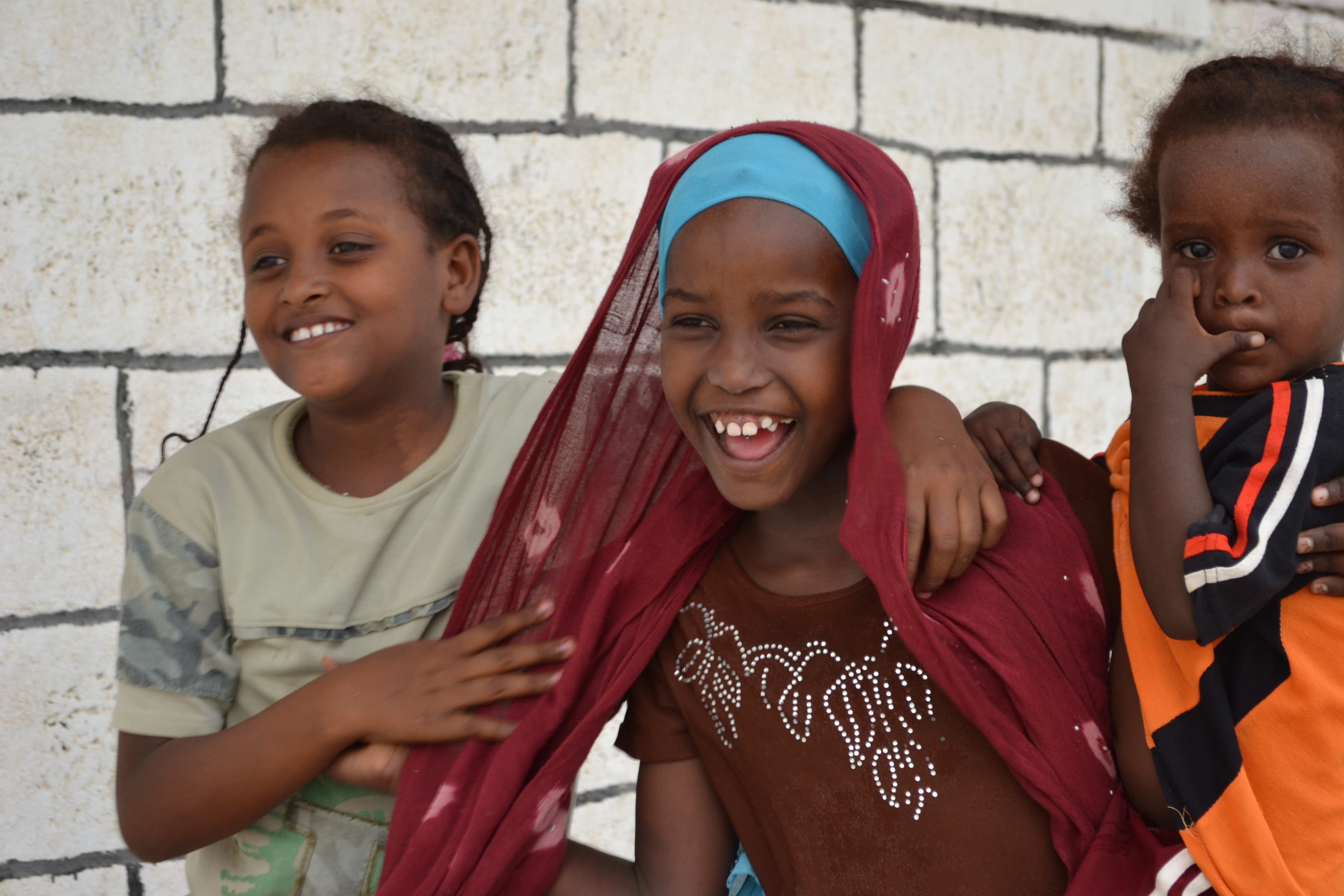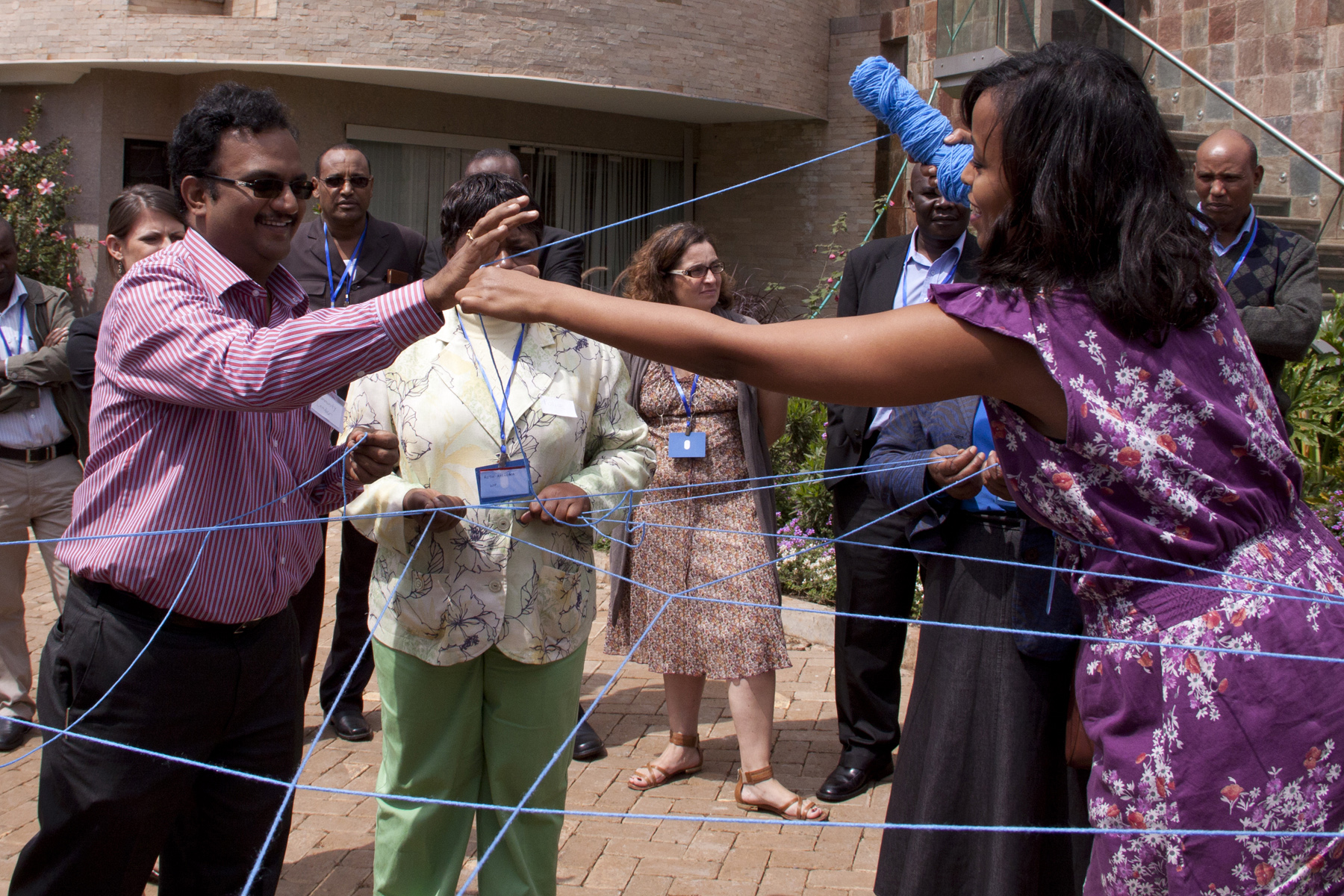UNHCR helps Uzbekistan to improve treatment of refugees
UNHCR helps Uzbekistan to improve treatment of refugees

FERGHANA, Uzbekistan (UNHCR) - The Ferghana Valley is an appropriate place to conclude UNHCR's current project to train border officers in refugee law. The valley, the historic Silk Route connection from Central Asia to China, symbolises both the traditional movement of people and the new need of many countries to improve the supervision of their borders.
The project by the UN High Commissioner for Refugees to help Uzbekistan improve its handling of potential refugees is part of a broad effort by the European Union to upgrade border management in the four Central Asian countries of Kazakhstan, Kyrgyzstan, Tajikistan and Uzbekistan.
These countries, which emerged from the collapse of the Soviet Union, have become the routes to Europe from Afghanistan used by both asylum seekers and drug smugglers. It is in the interests of both the EU and the Central Asian countries to improve the skills and equipment of the officials who control the borders.
In the case of UNHCR, the goal is - through training, help in framing refugee law and other awareness activities - to create a secure environment for those who need the protection of refugee status.
"This will be part of an asylum system we want to establish in the country," said Karim Ghoul, head of the UNHCR office in Uzbekistan who has led the current training programme. "We are also working on adoption of legislation and creation of administrative structures to deal with refugees."
The European Commission's multi-million-dollar BOMCA project - Border Management Central Asia Programme - is a complex mix of projects that recognises the need for better management of borders while simultaneously making them more open for travel and trade. Combined with security measures like the training of dogs, the plan that runs through 2007 also addresses the need to upgrade legal structures.
"One of our major aims - and the aim of Europe and the Uzbek government - is to enhance border management, and move away from closed border controls in a way that would reconcile the interests of refugee and asylum rights with the national security interests of the government," said Ghoul.
"Another aim is to equip border guards with the necessary knowledge and understanding of international legal standards, increasing awareness of a refugee and asylum seeker's human rights. This is another key goal of Europe," he said. "All this will translate into a better framework of protection for refugees and asylum seekers."
Ghoul said UNHCR has been careful to work with the government of Uzbekistan, providing training but also spending the bulk of project funds on providing vital equipment such as computers and printers. A formal handover of equipment will be held at a ceremony with the government in Tashkent.
The training in Ferghana, a valley sealed off in the north by the Tien Shan Mountains and on the south by the Pamirs, was the fourth and final two-day session of the current programme that started in February and ended in May. Earlier sessions included another in the Ferghana Valley and two at Termez, the site of the bridge to Afghanistan over the Amu Darya - the Oxus of ancient history.
The 25 participants on each day - a total of 200 in the programme - first review the history of human rights law, including the role of UNHCR. By the end of the day they are engaged in role-play, questioning potential asylum seekers with their new understanding of Uzbekistan's international obligations.
UNHCR at present has about 2,443 registered refugees and 262 asylum seekers. All but a handful are Afghans who have arrived over the years of conflict in that neighbouring country. Many fled Afghanistan after the fall of the Najibullah regime, which the Soviet Union had supported, and do not wish to return because of continuing fears of persecution.
In addition, the UNHCR office in Tashkent estimates there could be nearly 40,000 people who may be of concern to the agency who fled the civil war in neighbouring Tajikistan that erupted after independence. Many of them are ethnic Uzbeks and some may become locally integrated in Uzbekistan.
The current BOMCA project is supplementing UNHCR training and seminars that were already part of the ongoing programme in Uzbekistan and other countries in Central Asia. More are planned for the future, possibly as part of the next phase in the ongoing initiative by the European Union.
UNHCR wants to see the improved understanding of refugees extended from the border guards covered by the BOMCA project to other parts of the government and officials in the police and customs. Creating a proper environment for asylum requires improving conditions for those already inside Uzbekistan in addition to checking those arriving on the borders.
"Now we are planning to widen the circle in Uzbekistan to include these other partners," said Ghoul.









